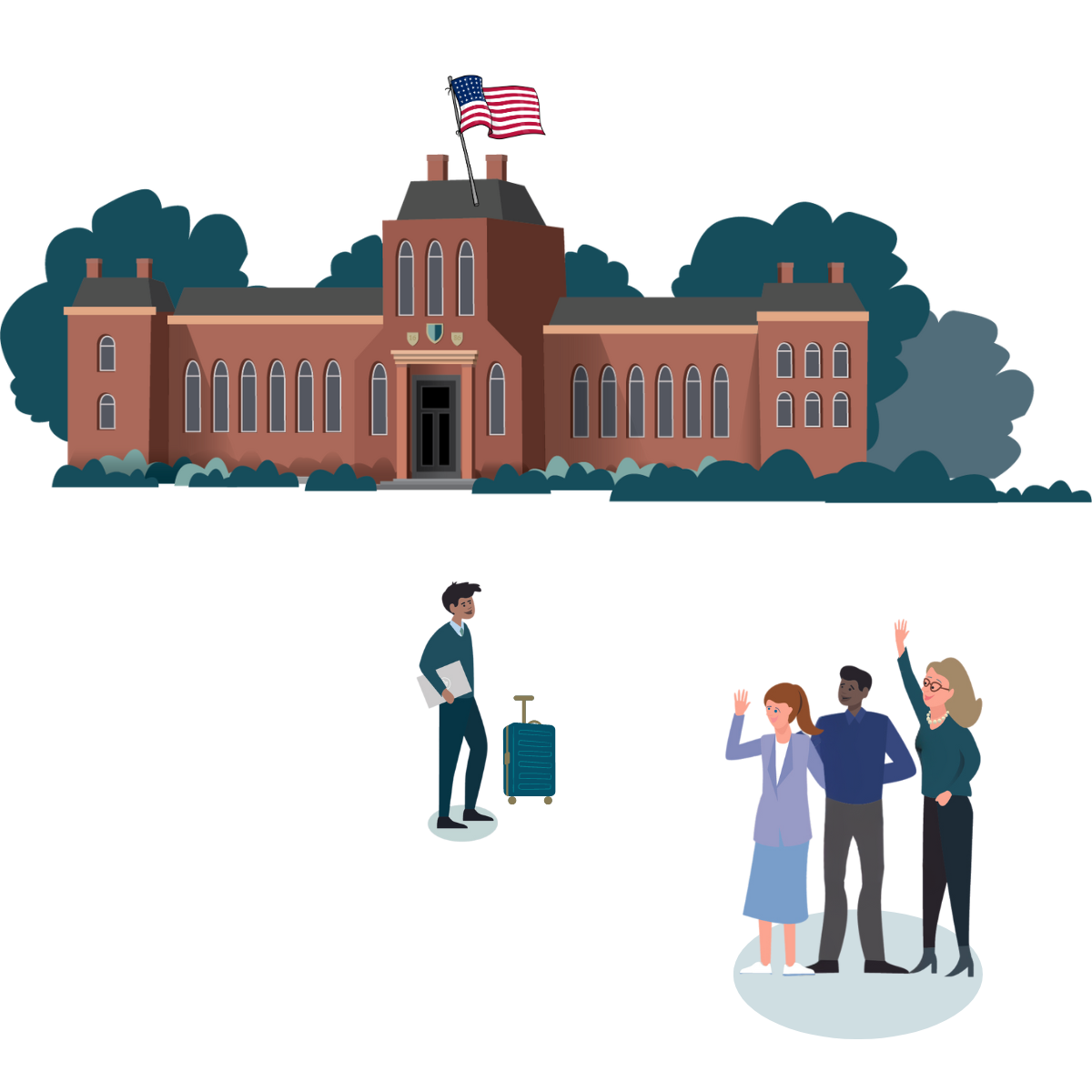Expert Insights
US Early Decision Results: What Comes Next?
Published 14th November 2025 by Alastair

For UK students applying to US universities, Early Decision results in December often feel like the moment the entire process has been building towards.
The process is quite different from UCAS, and the outcome determines the strategy for the remainder of the admissions cycle. Whether you receive an offer, a deferral or a denial, understanding what each result means for international applicants helps you plan your next steps with clarity and confidence.
arly Decision is a binding application route offered by many US universities. Students apply in November and receive their results in December, which is significantly earlier than the UCAS timeline. Early Decision differs from Early Action, which is non-binding, and from Regular Decision, which has deadlines in early January.
Many UK students choose Early Decision because acceptance rates can be higher and because it allows them to express a clear first-choice preference. For families seeking expert guidance on the US admissions process, our consultancy team can advise on whether Early Decision is the right strategic choice.
An Early Decision acceptance is binding. This means you are expected to attend the university and withdraw applications to any other institutions. Students should confirm the offer with the university promptly and notify their school so that counsellors and teachers can update remaining application plans.
International students should pay close attention to financial aid paperwork. If you have applied for need-based aid, you can request to see the full financial aid package before making your final confirmation. This is particularly important if you have submitted the CSS Profile, which many US universities use to determine funding. Once finances are clear, you can turn your attention to practical matters such as visa planning, final exams, accommodation and course registration.
A deferral means that your application will be reviewed again during the Regular Decision round. It is not a rejection, and many applicants are admitted later in the cycle. The most effective next step is to send a short update letter. This should:
Confirm that the university remains your top choice
Provide brief updates on academic progress, awards or activities
Highlight any new test scores if they strengthen your profile
Schools may be able to send updated predicted grades or additional references. Ensure this information reaches the university in early January so it can be considered during the next phase of review.

A denial can be disappointing, but it also means you can move forward decisively with your Regular Decision applications. This is a good time to review your university list to ensure it includes a balanced range of reach, target and safety options. It may also help to revisit your essays with a fresh eye. You might wish to clarify parts of your academic story, refine supplemental responses or add new developments to your activity list.
If you were planning to sit additional tests, such as the SAT or ACT, consider whether submitting new scores before early January could strengthen your applications. When managed efficiently, the weeks after a denial can still be highly productive.
| Stage of the Process | Typical Date Range | What This Means for UK Applicants |
|---|---|---|
| Early Decision Results Released | 10 to 20 December | Check your outcome and adjust your strategy before the next deadline. |
| Regular Decision Deadlines | 1 to 5 January | Finalise essays, confirm references and submit remaining applications. |
| UCAS Equal Consideration Deadline | 15 January | Ensure both US and UK applications are progressing smoothly. |
This short period between mid December and early January is one of the most important phases of the entire cycle. Planning ahead helps students manage both systems without unnecessary pressure.
December and early January offer valuable opportunities for all applicants. If you have been deferred or denied, use this time to complete final edits, check university requirements carefully and confirm that your transcripts and references are on track. If you have been accepted, the focus shifts to practical preparation, financial documentation and managing the transition to university life.

Navigating Early Decision outcomes can feel complex for UK students, especially when working across two admissions systems. Our consultants can help you understand what your result means, refine your Regular Decision strategy and ensure your remaining applications are as strong as possible.
For personalised support from our expert US Admissions Consultants, contact us.
Yes. If you are accepted through Early Decision, you are committed to attending that university, provided the financial aid package is adequate. The agreement applies to UK and international students in the same way.
Early Decision is binding, while Early Action is not. With Early Action, you receive an early result but are free to apply elsewhere and make your final choice in the spring. Early Decision commits you to enrolling if you are accepted.
You can request to see the full financial aid package before formally confirming your place. If the funding does not meet your demonstrated need, you may speak with the university about the award. If it remains unaffordable, you may be released from the binding agreement.
It varies by university. Some institutions admit a meaningful number of deferred applicants, while others admit very few. What matters most is strengthening your application with updated grades, brief achievements and a clear statement of continued interest.
Yes, provided you have something new to share. A short, focused update letter can reinforce your commitment and provide admissions officers with recent academic or extracurricular progress.
No. A denial in Early Decision is final. You cannot reapply to the same university during the same admissions cycle, but you can redirect your efforts to your Regular Decision list.
Yes. The UCAS equal consideration deadline is 15 January, so most UK applications are still in progress when Early Decision results are released. Many students manage both systems successfully with careful planning.
In many cases, yes. Acceptance rates for Early Decision can be higher because the applicant pool tends to be more certain about their chosen institution. However, you should only apply Early Decision if the university is your clear first choice and the financial aid expectations are workable.
Yes. We help students assess their next steps, strengthen their Regular Decision applications and finalise essays or strategy. Our team provides personalised guidance through our US University Consultancy service.











